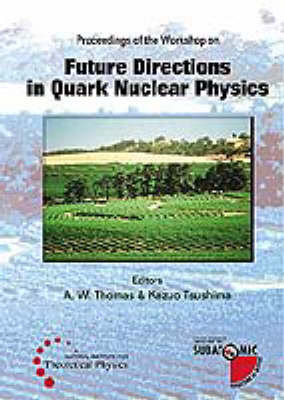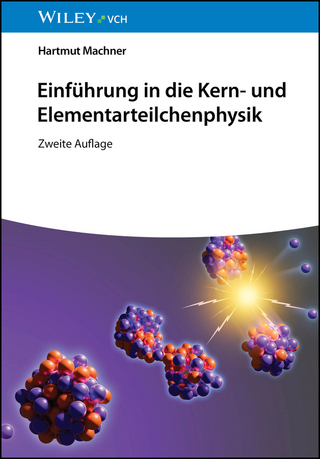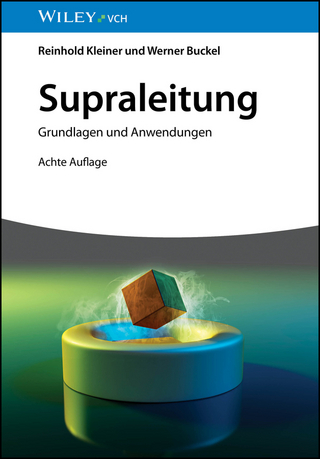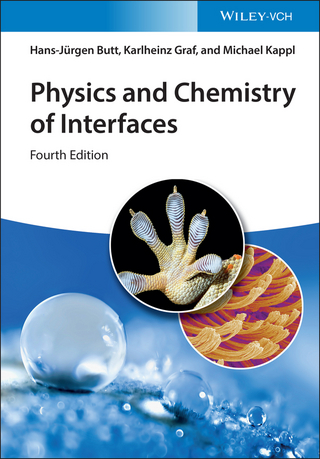
Future Directions In Quark Nuclear Physics - Proceedings Of The Workshop
Seiten
1999
World Scientific Publishing Co Pte Ltd (Verlag)
978-981-02-3730-1 (ISBN)
World Scientific Publishing Co Pte Ltd (Verlag)
978-981-02-3730-1 (ISBN)
- Titel z.Zt. nicht lieferbar
- Versandkostenfrei innerhalb Deutschlands
- Auch auf Rechnung
- Verfügbarkeit in der Filiale vor Ort prüfen
- Artikel merken
This workshop brought together figures from all areas of theoretical and experimental physics concerned with future directions in quark nuclear physics. Topics covered include the structure of hadrons, QCD, electroweak interactions with hadronic systems, hadronic reactions and dense matter.
One of the most fundamental questions in understanding strong interaction is whether or not quarks and gluons play a significant role in nuclear systems. At high densities we need to explore the existence and nature of a deconfinement phase transition. At lower densities we wish to study the changes in the properties of a hadron particle as mass and electroweak form factors, when it is immersed in nuclear matter. Finally, we may even ask whether the internal structure of the nucleon plays a role in the binding and properties of finite nuclei.On the theoretical side the issues raised here are of concern to a very broad community, from those working in traditional many-body physics, to those building effective field theories, to those working in lattice QCD. Experimentally, there are many accelerators, mature, new and planned, which can offer insight into this field — from SLAC to HERA, COSY, CELSIUS and TJNAF. This workshop brought together key figures from all areas of theoretical and experimental physics concerned with this fundamental problem.
One of the most fundamental questions in understanding strong interaction is whether or not quarks and gluons play a significant role in nuclear systems. At high densities we need to explore the existence and nature of a deconfinement phase transition. At lower densities we wish to study the changes in the properties of a hadron particle as mass and electroweak form factors, when it is immersed in nuclear matter. Finally, we may even ask whether the internal structure of the nucleon plays a role in the binding and properties of finite nuclei.On the theoretical side the issues raised here are of concern to a very broad community, from those working in traditional many-body physics, to those building effective field theories, to those working in lattice QCD. Experimentally, there are many accelerators, mature, new and planned, which can offer insight into this field — from SLAC to HERA, COSY, CELSIUS and TJNAF. This workshop brought together key figures from all areas of theoretical and experimental physics concerned with this fundamental problem.
Structure of hadrons; QCD; electroweak interactions with hadronic systems; hadronic reactions; dense matter.
| Verlagsort | Singapore |
|---|---|
| Sprache | englisch |
| Themenwelt | Naturwissenschaften ► Physik / Astronomie ► Atom- / Kern- / Molekularphysik |
| Naturwissenschaften ► Physik / Astronomie ► Hochenergiephysik / Teilchenphysik | |
| ISBN-10 | 981-02-3730-8 / 9810237308 |
| ISBN-13 | 978-981-02-3730-1 / 9789810237301 |
| Zustand | Neuware |
| Informationen gemäß Produktsicherheitsverordnung (GPSR) | |
| Haben Sie eine Frage zum Produkt? |
Mehr entdecken
aus dem Bereich
aus dem Bereich
Buch | Softcover (2024)
Wiley-VCH (Verlag)
59,90 €


